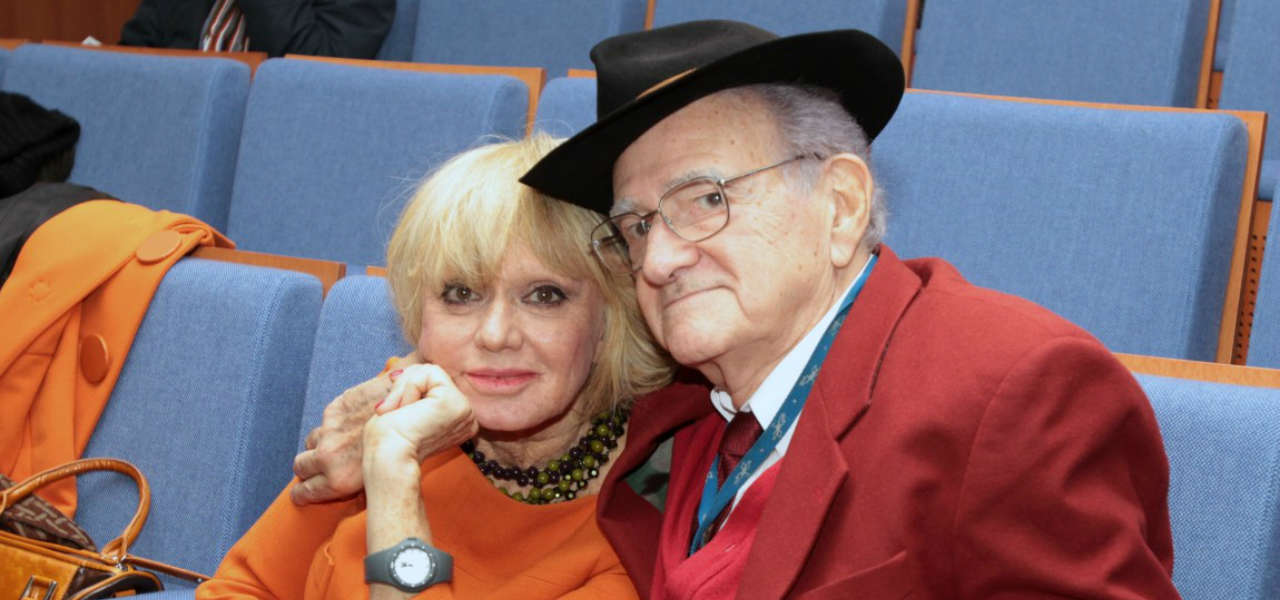

The song was added to many radio playlists and reached the top 30 of Billboard's pop chart in July back home it had different lyrics and was titled "L'amore Mio" ("My Love").

#RITA PAVONE TV#
An interpreter traveled with her and she phonetically mimicked English on her album The International Teen-Age Sensation, recorded at RCA Studio A in New York with producer Joe Rene.Ī May 1964 appearance on The Ed Sullivan Show (which also featured Paul Anka, one of Rita's girlhood boy-crushes) introduced the American TV audience to her first English language single, "Remember Me," penned by Shelly Coburn (who would compose and produce material for Lesley Gore about a year later). Then she visited America to make English recordings in the hopes of breaking through as so many European (mostly British) acts were doing at the time. She'd become popular in the German market a few months earlier with a hit specific to that country, "Wenn Ich Ein Junge Wär" ("If I Were a Boy"), the first of many. The flip of the latter, "Datemi Un Martello," a cover of "If I Had a Hammer," was arranged similar to Trini Lopez's hit U.S. Two ballads reached the number one spot in early '64: "Non è Facile Avere 18 Anni" ("Not Easy Being 18 Years Old") and "Che M'importa Del Mondo" ("What Do I Care About the World?"). In just half a year she'd become the darling of Italy's entertainment industry and her 18th birthday party was televised by RAI in August. release on RCA Victor, but failed to connect). that spring, took Europe by storm Rita's recording spent most of the summer at number one on the Italian charts (it was also her first U.S. "Cuore" ("Heart"), a Barry Mann-Cynthia Weil song that had been a minor English language hit for both Kenny Chandler and Wayne Newton in the U.S. Bouncy dance number "Il Ballo del Mattone" also topped the charts in her homeland, but its flip side was much bigger. Her third hit, "Alla Mia Età" ("At My Age"), was a hit in Spain, signaling the beginning of her rise as a star throughout Europe. Its follow-up, the midtempo love song "Come Te Non C'è Nessuno" ("There is No One Like You"), reached the chart's apex in March and spent ten weeks on top, selling over a million copies by the end of May, a rarely-achieved feat.ĭemand for her to appear as a variety show guest (on the government-controlled RAI channel one, Italy's only TV station) led to a 12-week residency on the top-rated Studio Uno. She delivered a strong, confident performance on her first single, "La Partita di Pallone" (a sort of "Sunday sports widow" lament), which rose to Italy's number one position in February. In September 1962 she entered the Festa Degli Sconosciuti ("Festival of Strangers"), a nationwide talent competition (three thousand entrants!) organized by singer Teddy Reno the finals were televised and Rita took first place, which included a contract with RCA Italiana. In the early '60s at age 15 or 16 she performed part time wherever she could, for soldiers at military bases or in any local clubs that would have her. Just a few years later, in 1963, she became the year's top-selling Italian music artist.ĭoing celebrity impressions came naturally at the age of nine she gained notoriety in Turin imitating Al Jolson during an event at a local theater. Soon she began chasing her own musical dreams.
#RITA PAVONE MOVIE#
Hailing from the northern city of Turin, the daughter of a Fiat factory worker who regularly followed American pop stars and musical films, she gained a well-rounded appreciation for diverse styles, though her childhood favorites were the stars of the era: Italian singer and movie star Claudio Villa and many of America's male idols ( Ricky Nelson, Paul Anka, Frankie Avalon, Elvis Presley, et al). Rita Pavone's pixieish, freckled appearance was far from that of your typical singing siren or youthful songbird she stood out quite singularly in any given crowd of aspiring pop stars. Italy's "Small Wonder" of the '60s was hyped as such for being a five-foot-tall teen singer with a rambunctious personality and vocal style.


 0 kommentar(er)
0 kommentar(er)
